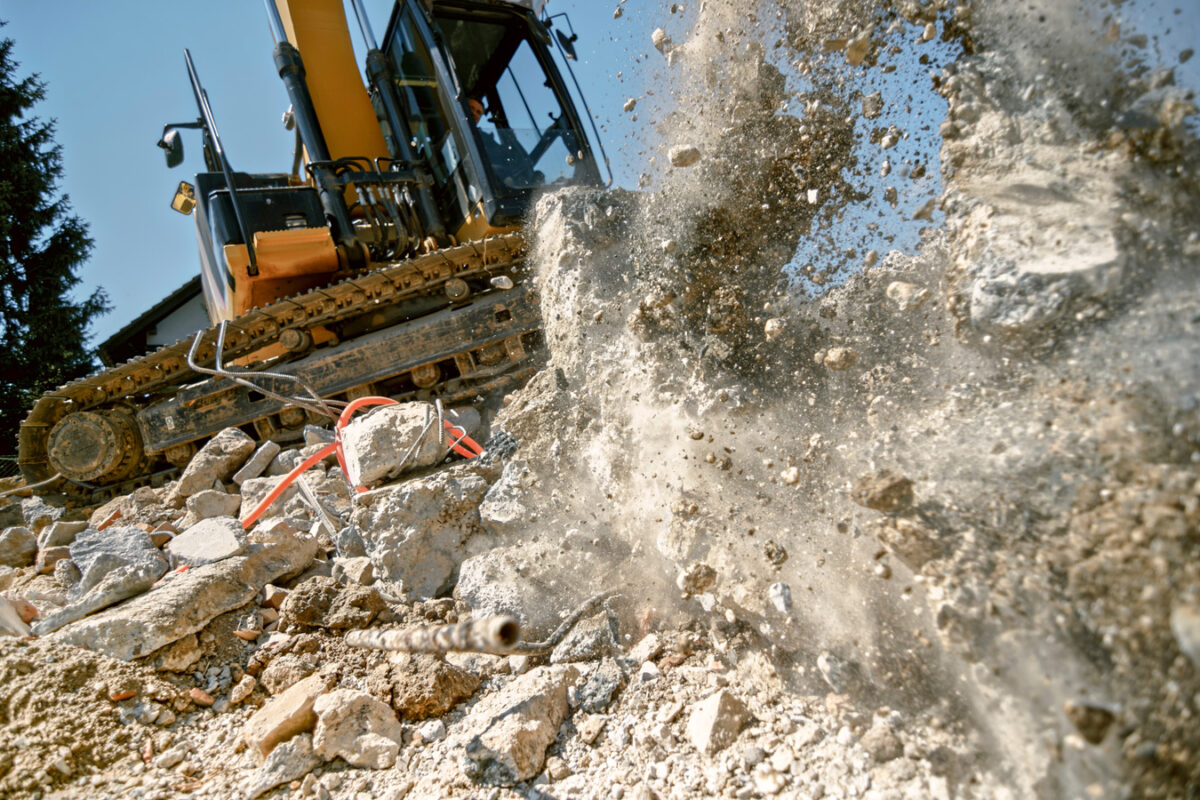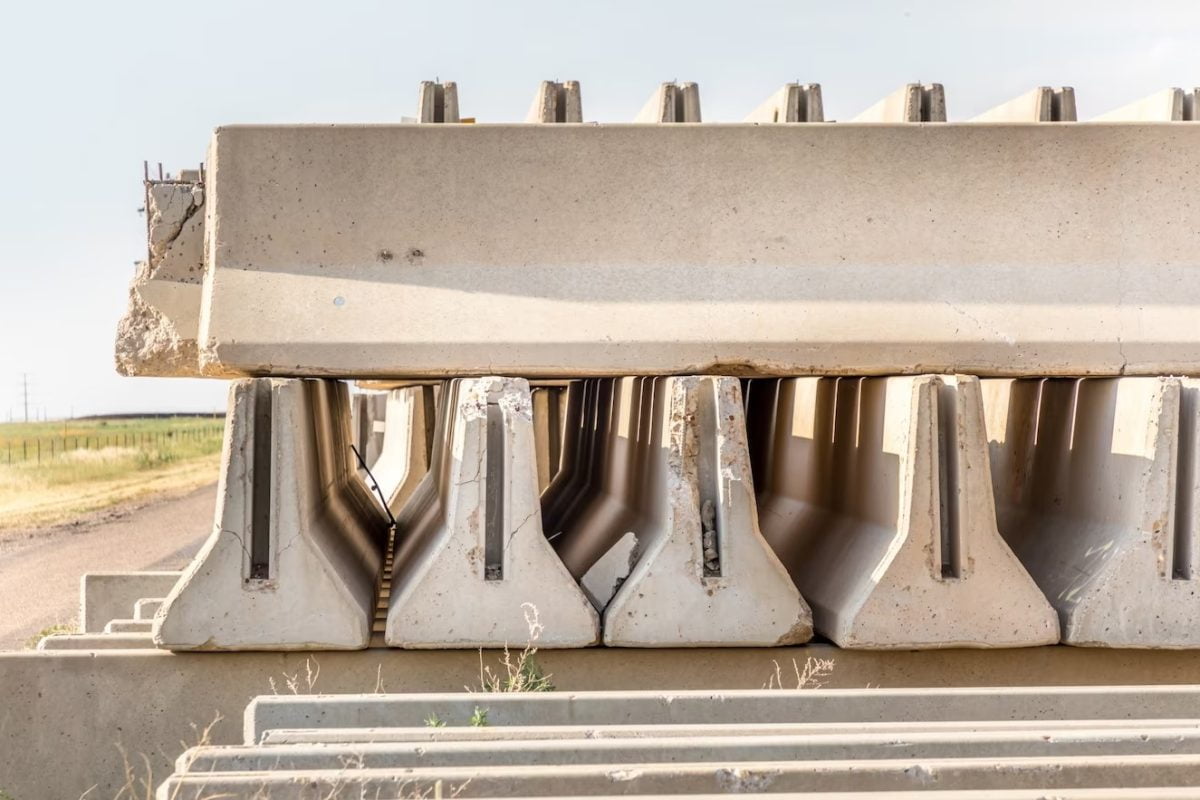Shoring, benching, and sloping are three essential methods used in construction and excavation projects to ensure safety and prevent collapses. These techniques are specifically designed to provide support and stability to the ground during excavation processes, reducing the risk of accidents and injuries.
Shoring refers to the process of installing temporary support systems, such as metal beams or wood planks, to prevent the collapse of soil or other materials around an excavation site. This method is commonly used when the excavation depth is relatively shallow and the soil is loose or unstable. By using shoring, construction workers can create a safe working space around the excavation site, enabling them to carry out their work without the fear of cave-ins.
Benching, on the other hand, involves creating a series of steps or benches in the sides of an excavation. This method is typically used in situations where the soil is moderately stable.
By creating horizontal levels within the excavation, benching allows for a safer working environment by reducing the vertical height of the walls. The steps act as natural barriers against soil movement and provide additional stability.
Sloping is another commonly used method in excavation projects.
With sloping, the sides of an excavation are angled away from the excavation area, forming a stable slope. The angle of the slope depends on various factors, including the type of soil, weather conditions, and the depth of the excavation.
Sloping helps in preventing soil movement and collapses by distributing the weight of the soil across a wider area, reducing the pressure exerted on the excavation walls.
Overall, shoring, benching, and sloping are crucial techniques in ensuring the safety and stability of excavation sites. By implementing these methods, construction workers can work in a secure environment and minimize the risks associated with excavation projects.
shoring benching sloping
shoring benching sloping are essential techniques that ensure the safety and stability of building projects. These methods are used to prevent soil erosion and cave-ins, especially in excavations that involve deep trenches or underground construction. Shoring involves the use of supports or braces to prevent the collapse of the excavation walls. It is particularly useful in situations where the soil is weak or unstable.
By installing temporary shoring systems, workers can carry out their tasks safely and effectively. Benching, on the other hand, involves creating a series of steps or horizontal levels inside the trench. This not only provides support to the sides of the excavation but also reduces the risk of soil displacement.
Benching is commonly used when the soil is consistent and stable, making it easier for workers to access the excavation. Lastly, sloping refers to the process of cutting back the inclined sides of the excavation to create a safe, stable incline. This technique is typically used when the soil is cohesive and stable enough to maintain its shape without any external support.
Implementing shoring, benching, or sloping techniques offer several benefits in building projects. The most obvious advantage is enhanced worker safety. By facilitating a stable and secure work environment, the risk of accidents is significantly reduced.
This, in turn, increases productivity as workers can focus on their tasks without fear of cave-ins or soil displacement. Another benefit is the protection of surrounding infrastructure. With proper shoring, benching, or sloping, the soil around the excavation remains intact and undisturbed, preventing damage to nearby buildings or underground utilities.
Additionally, these techniques help to minimize disruptions to the general public. By ensuring the stability of excavation sites, traffic congestion and road closures can be avoided, saving time and resources. Moreover, implementing shoring, benching, or sloping techniques demonstrates compliance with safety regulations and standards, mitigating potential legal liabilities and financial penalties.
In conclusion, shoring, benching, and sloping are essential practices in building projects. They not only provide a safe working environment for construction workers but also protect nearby infrastructure and minimize disruptions to the public. By adhering to these techniques, project managers can ensure successful and efficient construction operations while complying with safety regulations.
benching sloping shoring and shielding
Shoring, benching, and sloping are essential techniques that ensure the safety and stability of building projects. These methods are used to prevent soil erosion and cave-ins, especially in excavations that involve deep trenches or underground construction. Shoring involves the use of supports or braces to prevent the collapse of the excavation walls. It is particularly useful in situations where the soil is weak or unstable. By installing temporary shoring systems, workers can carry out their tasks safely and effectively. Benching, on the other hand, involves creating a series of steps or horizontal levels inside the trench. This not only provides support to the sides of the excavation but also reduces the risk of soil displacement. Benching is commonly used when the soil is consistent and stable, making it easier for workers to access the excavation. Lastly, sloping refers to the process of cutting back the inclined sides of the excavation to create a safe, stable incline. This technique is typically used when the soil is cohesive and stable enough to maintain its shape without any external support.
Implementing shoring, benching, or sloping techniques offer several benefits in building projects. The most obvious advantage is enhanced worker safety. By facilitating a stable and secure work environment, the risk of accidents is significantly reduced. This, in turn, increases productivity as workers can focus on their tasks without fear of cave-ins or soil displacement. Another benefit is the protection of surrounding infrastructure. With proper shoring, benching, or sloping, the soil around the excavation remains intact and undisturbed, preventing damage to nearby buildings or underground utilities. Additionally, these techniques help to minimize disruptions to the general public. By ensuring the stability of excavation sites, traffic congestion and road closures can be avoided, saving time and resources. Moreover, implementing shoring, benching, or sloping techniques demonstrates compliance with safety regulations and standards, mitigating potential legal liabilities and financial penalties.
In conclusion, shoring, benching, and sloping are essential practices in building projects. They not only provide a safe working environment for construction workers but also protect nearby infrastructure and minimize disruptions to the public. By adhering to these techniques, project managers can ensure successful and efficient construction operations while complying with safety regulations.
benching sloping shoring and shielding
benching and shoring
Shoring, benching, and sloping are essential techniques used in construction and excavation projects to ensure the safety of workers and prevent soil collapse or cave-ins. Shoring involves the use of support systems such as hydraulic jacks, beams, or shores to prevent the collapse of the walls of an excavation site. This technique is particularly necessary when working in deep excavations or in areas with unstable soil conditions. Bench excavation, on the other hand, involves cutting the sides of the excavation site into a series of steps or benches to create stability and prevent collapsing.
By utilizing this method, the risk of soil movement is greatly minimized. Lastly, sloping refers to the process of cutting the sides of the excavation to form a slope, which allows for the gradual descent of the soil. This technique is commonly used when working in shallower excavations with soil that has better stability. Both benching and sloping help to create safe and secure working conditions by maintaining the integrity of the excavation site.
When it comes to construction and excavation projects, safety should always be the top priority. The use of shoring, benching, and sloping techniques plays a crucial role in minimizing the risk of accidents and injuries.
By providing stability and reinforcement to the excavation walls, shoring ensures that workers are protected from potential collapses or cave-ins. Bench excavation, on the other hand, reduces the likelihood of soil movement and provides a stable working platform for the workers.
Sloping, similarly, mitigates the dangers of excavation by gradually lowering the sides of the site, reducing the risk of soil instability. These techniques are not only important for the safety of the workers but also for the overall success of the project.
Adherence to strict safety protocols, including the use of shoring, benching, and sloping, demonstrates a commitment to worker welfare and helps to maintain a productive and efficient working environment. Therefore, it is imperative that construction and excavation contractors prioritize the use of these techniques to ensure both the safety of their workers and the successful completion of the project.







